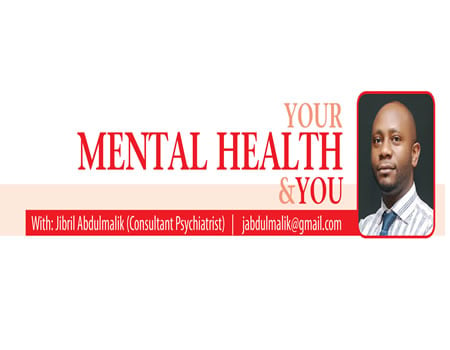Tunde and Musa work in a department where the new Head (Mr Ojo) is always screaming at everybody and insulting staff for any and every offence you can imagine. If he meets you standing, you are in trouble.
If he meets you sitting down and not appearing busy, you are very lazy and indolent. If you ask him for clarifications regarding assigned tasks, it means you are too stupid to use your own brain. ‘Or do you want me to come and do your work for you?’ ‘What am I paying you a salary for?’ He would scream.
Everyone now lives in terror and become anxious when coming to work every day. When he travels on official assignments, all the workers heave a sigh of relief and are able to relax. Indeed, Tunde is contemplating resigning from the office and starting a business on his own.
“It will be better for my peace of mind”, he told Musa. “I cannot continue to function in such a toxic atmosphere again.” I am even developing hypertension. And when I get home everyday, I am so irritable that I sometimes shout on my wife and children. I have had enough, and I can’t take any more,” he concluded.
The World Health Organisation defines health as a state of complete physical, mental and social well-being, and not just the absence of disease or infirmity. However, the mental component of health is often neglected and forgotten.
This is especially more so, in the workplace. Recent reports indicate that a nurse in the United Kingdom committed suicide after struggling to cope with a gruelling and persistent 12 hourly shift duty without a break. Indeed, the experience of Tunde above (toxic work environment) is reported as the commonest cause of employees quitting their jobs.
There is a bi-directional relationship between the mental health of the employees and the efficiency or productivity of the work place/organisation. We know that one in every four adults will have mental health challenges. And 20 per cent of all employees in the work force may experience a mental health condition. Indeed, the estimated cost to the global economy of depression and anxiety alone is $1trillion US dollars…..and this may be an under-estimate.
So, it is not an unusual problem for people to have mental health challenges at the work place. But you may wonder why you don’t readily identify those with these problems in your work place. For one simple reason only: It is often hidden and viewed as a source of embarrassment and shame. This is unfortunate.
Estimates show that up to 70 per cent of those with mental health problems hide it in their work place for a variety of reasons. There is shame and fear of being stigmatised, but there is also the real fear that they may lose their jobs or fail to ever secure one if it is known that they have had a mental health challenge.
Work environment and mental health
A good work environment enables people to realise their full potential, helps them to cope with the normal stresses of life, to work productively, and to contribute to their communities. In such work environments, staff enjoy good self-esteem, they have positive social interactions with colleagues and their productivity is enhanced. Thus, it is a win-win situation which allows a happy employee to also improve earnings thus leading to a happy employer.
A toxic work environment, as we see with Tunde and Musa above, on the other hand, is very unfriendly, enforces rigid working hours, has poor remuneration with irregular salary payments, no job security, high levels of mutual suspiciousness, and bullying behaviour from superiors – sometimes including sexual harassment. These conditions ensure that the staff will not be motivated to put in their best.
What can you do?
We need to continuously reinforce and open up discussions about mental health in the work place. Since mental health challenges can affect anyone, including the head of human resources, or the chief executive officer, should we sack anyone who suffers from these disorders?
Even more importantly, we need to reduce the stigma surrounding mental illness, and encourage people to seek treatment. We should provide support and encouragement for persons with these challenges, and not be seen to make fun of them publicly or behind their backs in private.
Every work environment should make efforts to reduce work-related risk factors. Speak nicely to people and promote good inter-personal relationships. Don’t insult, harass or threaten people as a habit, in your work place.
Recognise and praise people when they do things well, and correct them in a humane manner, when they err. We all have a role to play in our respective work places….to promote the optimal emotional wellbeing of all staff.






